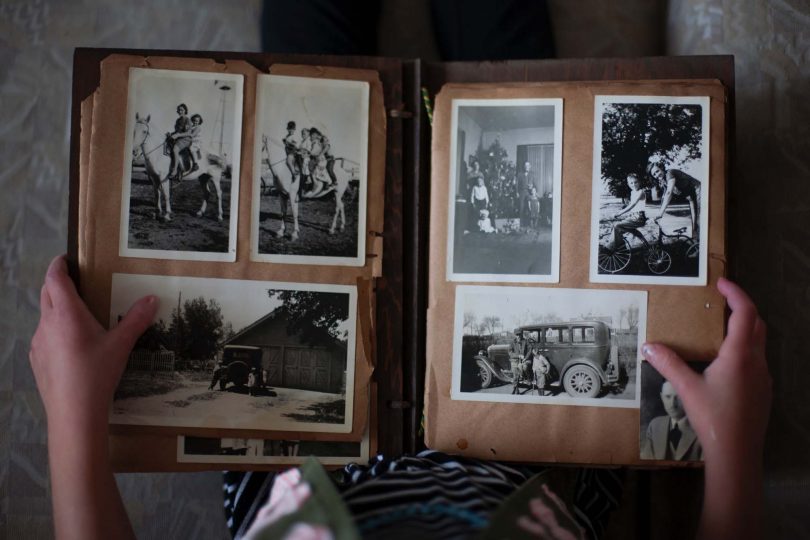There are so many different ways of assisting clients to transform, that I couldn’t possibly list them all – for fear of leaving something out. Yet, in the 30 years I’ve been involved in healing and evolving client’s models of the world, Time Techniques have been the most consistent and meaningful.
I used to train Time Line Therapy, which is one amazing Time Based Tool. Then I flew over to the US and trained with John Overdurf, who turned me onto Time Based Techniques (TBT).
The difference between TBT and other time techniques, is that TBT allows the practitioner to connect with the ‘right’ memory linked to the issue, using the conscious use of language (In NLP this would be the Meta Model and The Milton Model).
How the Practitioner works
The Practitioner would be trained to notice changes in their client (colour of the skin, breathing changes, eye dilation etc.) to determine when the person is ready (has accessed the issue properly) and can travel on the timeline to where their deeper mind asks them to go.
There does not have to a be a ‘root cause’ as all memories are linked together via a gestalt. The Practitioner can work with the memory that the client’s subconscious mind has marked out as the most important one to travel to first.
There is a particular way of talking to the client’s subconscious mind that leaves it in no doubt what we are asking for and what to do when we get to the appropriate memory(s).

After performing some clearing processes, we ask the client if the issue is resolved (we actually ask the subconscious mind) and then use their body language to let us know if this is true or not. That kind of trusting body responses does take a little training before the Practitioner can trust their ability.
But there are obvious body language cues that are easy to determine. For instance, the Practitioner can direct a question to the client’s subconscious mind and ask if the memory “is now complete?” If the clients says “yes” but their head is shaking side to side, it’s fairly obvious which response the Practitioner should take notice of!
When one memory is complete, we move to the next (usually maximum three, but we take what we get) and then generalise the learnings and transformations throughout the body, up and down the timeline.
The Practitioner is trained not to use this process if the client has trauma or phobia on the issue, and if not, the instruction is to be ok when, and if, the client accesses emotion.
Personally, I’m happy if my client touches the emotion, as the body needs to release as much as the mental pattern(s) needs to release.
Conclusion
So, in short, Time Based Techniques is a conversational technique that flows, does not have to stop for a set-up, does not require the client to learn any procedure before engaging (maybe some confidence about how a subconscious mind works as given by our Practitioners) – and resolves old memories that have old unwanted emotion and limiting beliefs associated with them.
Time Based Techniques works perfectly with NLP – as the conscious use of language and getting the client into the right ‘state’ is crucial to working with the deeper mind of our clients.
If you would like to learn more/watch our videos please visit: https://www.nlpworld.co.uk/time-based-techniques/
Photos by ian dooley and Laura Fuhrman on Unsplash



